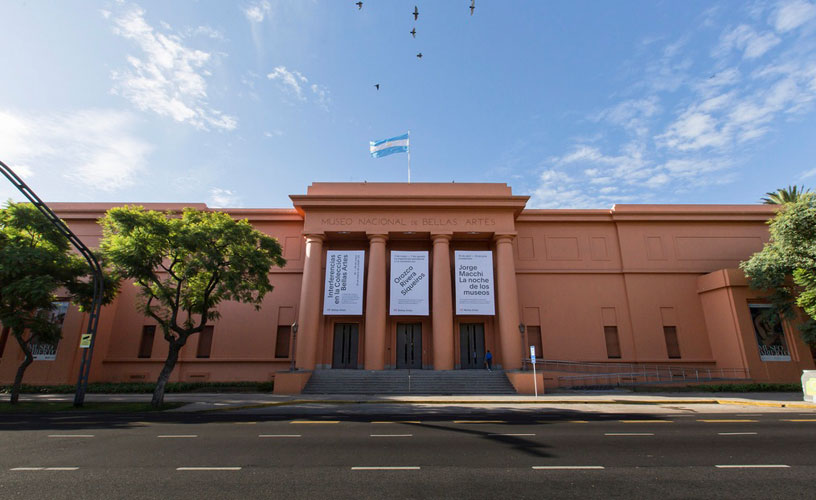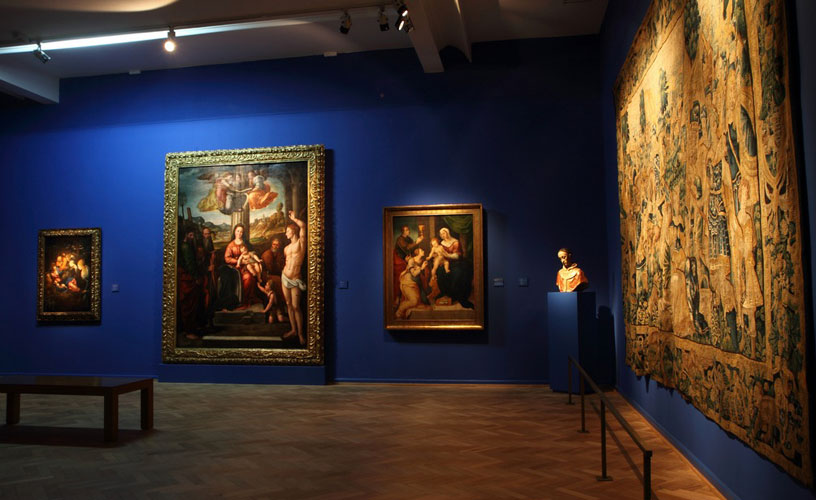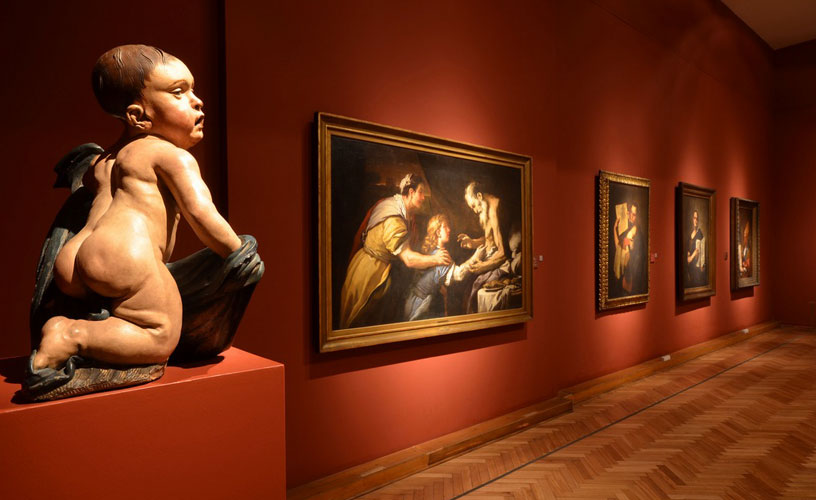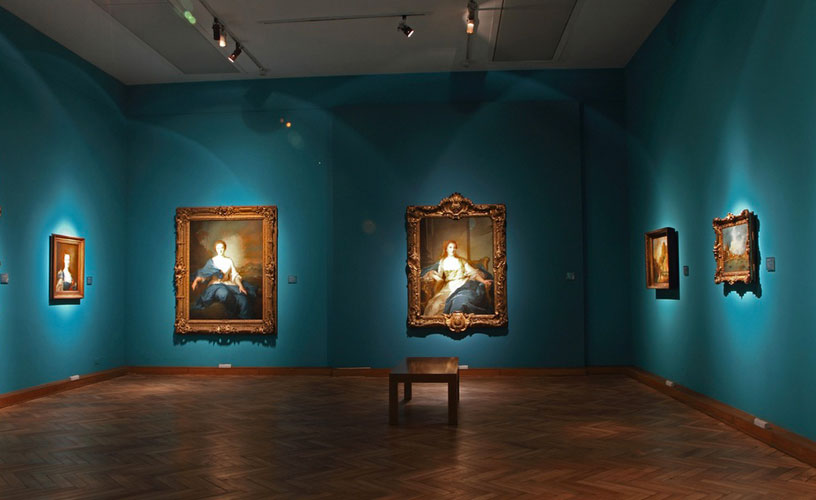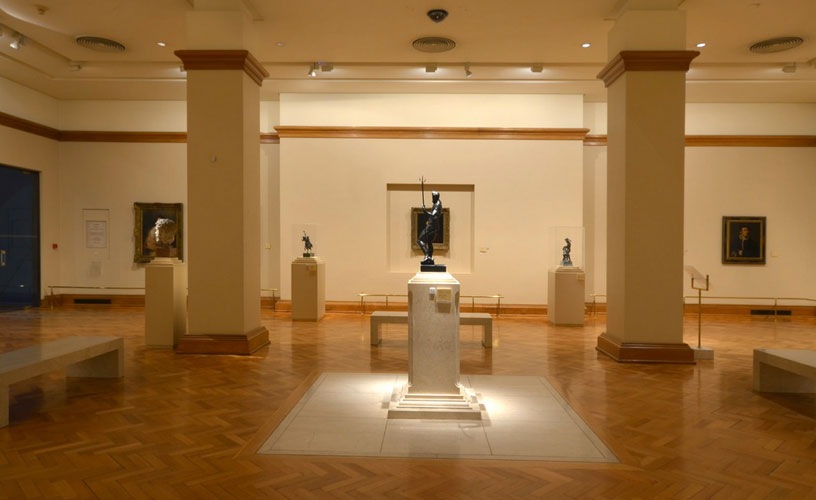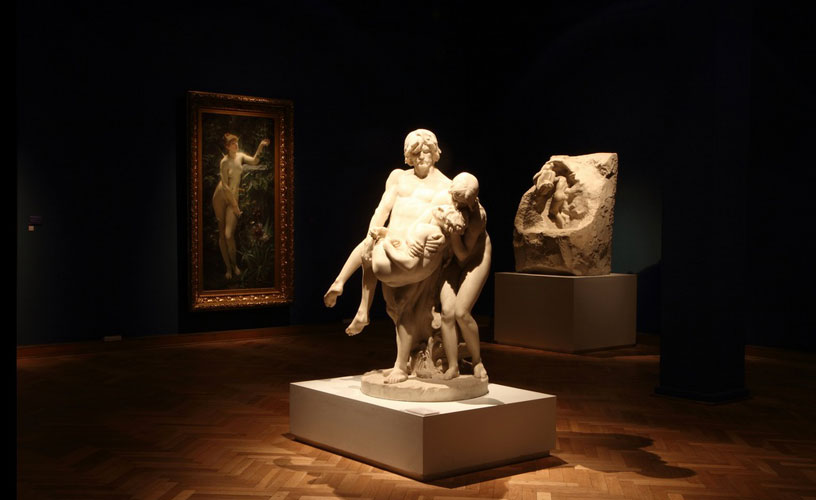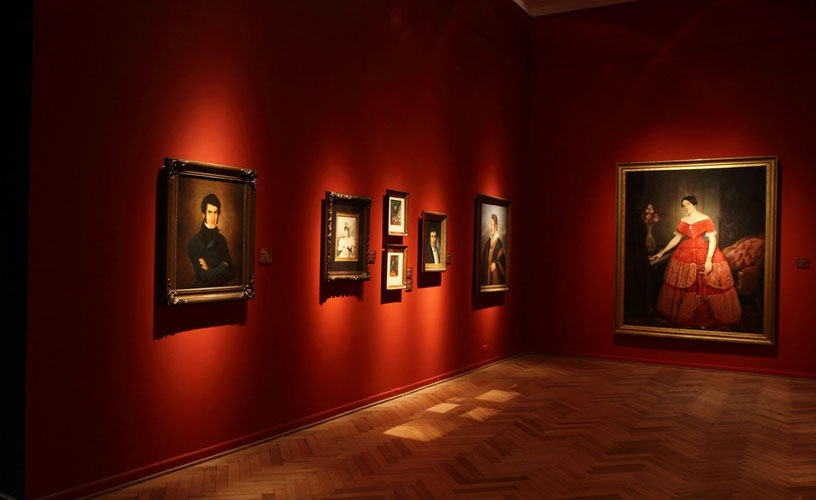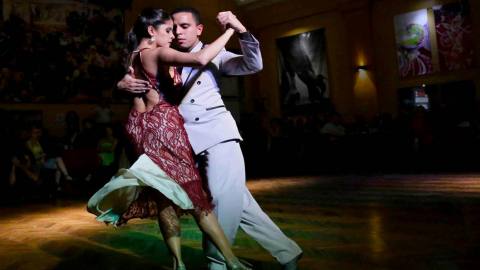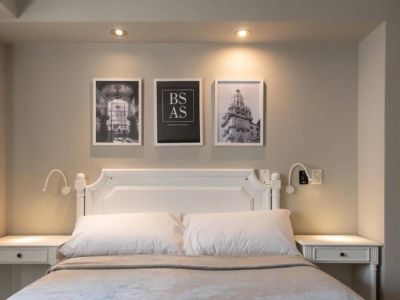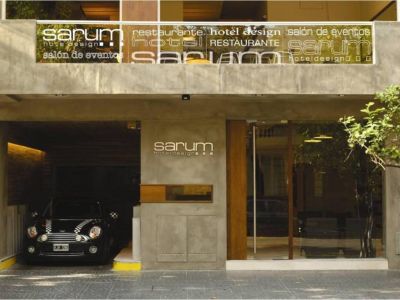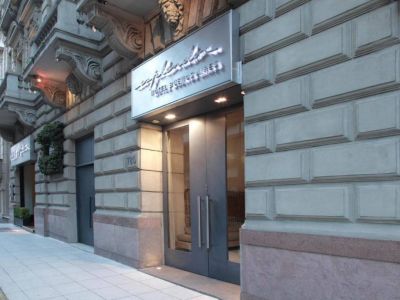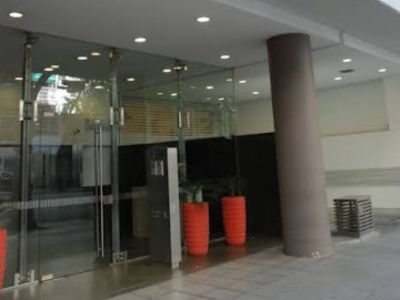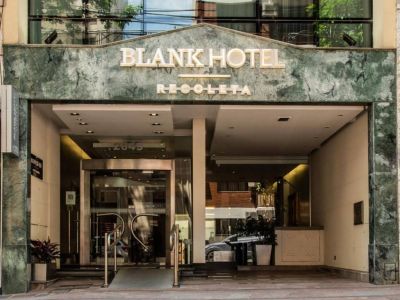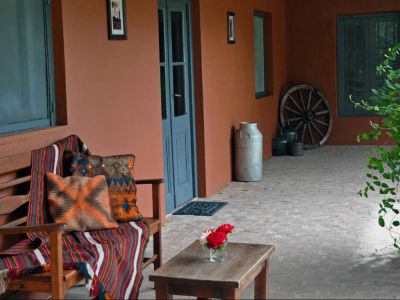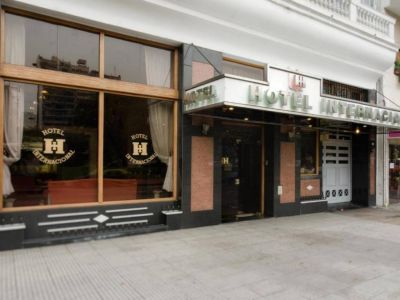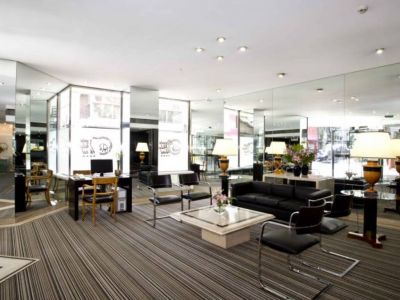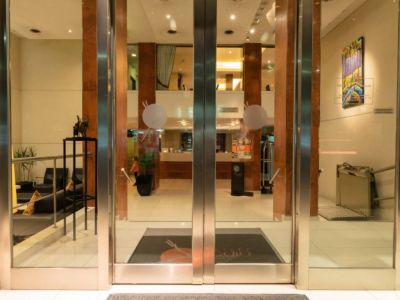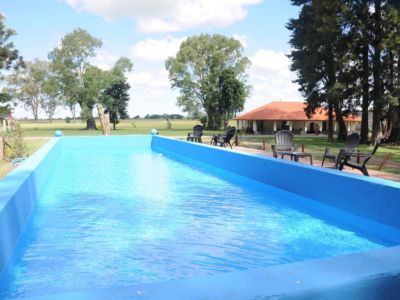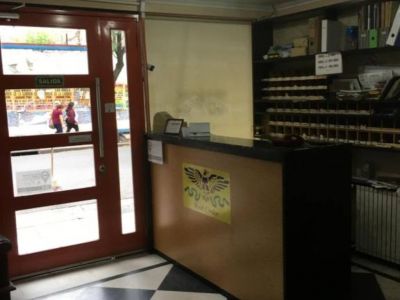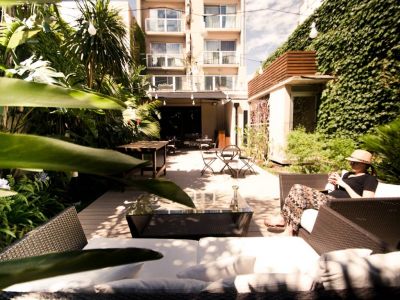Each visit to the National Museum of Fine Arts is a unique experience, not only because of its continuous temporary exhibitions on display but also because of its vast collection exhibited in different ways to bring works of art out of storage or re-arranged regularly to explore new themes.
Day after day the experience of visiting this museum changes: this museum presents so many works that visitors will always find out more about the art on view. One visit is definitely not enough.
Always Attractive
National Museum of Fine Arts
The National Museum of Fine Arts is one of the oldest and most respected attractions in Buenos Aires. Founded in 1895, the museum had several locations until it was finally situated on the present neighborhood. The building located on Libertador Avenue, which originally served as Casa de Bombas (“Pump House”) owned by Obras Sanitarias de la Nación (“The Argentinean Water Company”), opened its doors in 1933.
At the heart of the touristy Recoleta neighborhood, the museum constantly welcomes visitors from all over the world and of all ages willing to learn, enjoy and explore this venue once again.
First Things First
Despite the previous comments, the countless number of works of art displayed is arranged along the museum rooms in such a manner that visitors may choose to follow a chronological and theme tour to take a comprehensive closer look at the collection.
We preferred to trace the history and started the tour at the room located to the left of the main entrance. We got deep into medieval art and iconography with works of European origin.
For those who are eager to learn about the works of art rather than merely stare at them, the museum is signposted with information about each work, the period of time of each room and the social and historical context. In addition, the museum provides an audio guide in Spanish and English.
The Change in Art Forms
The tour around the first floor led us from one room to another throughout the evolution of painting and sculpture in Europe until the recently finished twentieth century. From Rembrandt, Goya, Rodin and Gauguin to the classical modern painters like Picasso and Kandinsky and controversial artists like Pollock or Rothko. We ended almost where we had started our tour, the entrance foyer of the museum.
At a certain stage of this tour, a corridor led us to an area which was added in 1961: the pavilion of temporary exhibitions. From this display space, the museum exhibits twentieth-century art.
Argentinean Art
On the first floor is the permanent collection of Argentinian art of the twentieth century along with Latin American and pre-Columbian art. The European and native influence display their colors and forms with their own identity. This museum hid more than one surprise and we realized that many times the underestimated Latin American art has much to offer visitors.
A caption in the section of pre-Columbian art says that American natives considered the notion of everyday life and religious art as one entity. This is the reason why some everyday objects like a glass has such a sophisticated work and a complex meaning.
The same happens with each piece of art on view in this museum. Each painting or sculpture is itself a universe. It makes reference to the social and historical context and the person who made it and even more. Therefore, as we visited the museum, it seemed to become endless, not only because of its size but also as a result of the collection of worlds we could explore deeper and deeper.
The National Museum of Fine Arts has also a gallery in the Province of Neuquén, the only one located inland. As legends go, the works on display in both galleries are only part (a small one) of the whole collection of the museum.
Marcos Rodríguez
Gentileza Ministerio de Cultura - cultura.gob.ar
Contact of the excursion or tour
Museo Nacional de Bellas Artes
Av. del Libertador 1473, Ciudad de Buenos Aires, Ciudad de Buenos Aires, Agentina
Phone: +54 11-48038817
